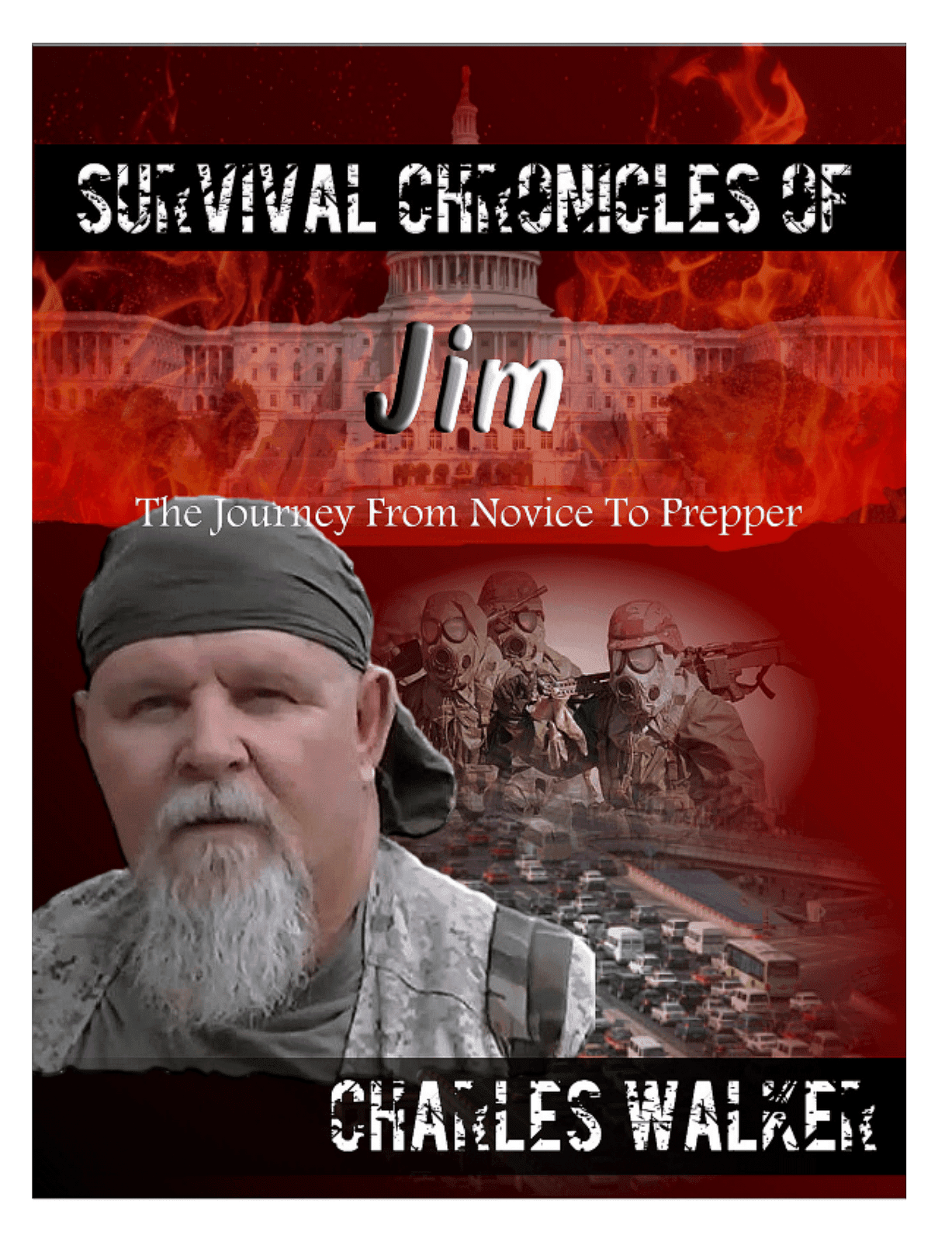Urban Man recently received a message from Phil M. regarding the recent post about 21 Questions About Ebola. Phil's concerns are well founded and I thought I would post them for all to see.
Also, the attached video contain some scary issues about Ebola that I have not yet researched, but the author does provide his own resources as to how he came upon the information.
Here is what Phil had to say"
"I read your 21 questions about Ebola yesterday. I am very concerned about it's possible spread. I have come across several contradictory articles in the media reference the risk posed by dead bodies. One article on the CBC site stated that people in infected areas are leaving bodies in the street for teams in hazmat gear to dispose of because the bodies are so infectious after death. An article on the CTV site made no such claim however the impression given was that once a person died the risk on infection faded. Perhaps this should be question 22? Is there a palpable risk? If so, how can we reduce it? what precautions should we take around the dead? Now that there cases in Spain and the US that we know of, the risk of this getting out is increasing geometrically. I have had a fair amount of NBCW training during my Military Career so I am aware of the risks and I am not panicky about it. I am however concerned for my family members who live in large Metropolitan areas where there are just too many people in too small a space. That is a recipe for disaster.Your thoughts would be appreciated. TTFN Phil"
Phil,
Below are some known facts that we have about Ebola and its transmission to humans. Following the facts is a website that has very information information related to Ebola that will educate one on how to protect against it.
Transmission
It is thought that fruit bats of the Pteropodidae family are natural Ebola virus hosts. Ebola is introduced into the human population through close contact with the blood, secretions, organs or other bodily fluids of infected animals such as chimpanzees, gorillas, fruit bats, monkeys, forest antelope and porcupines found ill or dead or in the rainforest.
Ebola then spreads through human-to-human transmission via direct contact (through broken skin or mucous membranes) with the blood, secretions, organs or other bodily fluids of infected people, and with surfaces and materials (e.g. bedding, clothing) contaminated with these fluids.
Health-care workers have frequently been infected while treating patients with suspected or confirmed EVD. This has occurred through close contact with patients when infection control precautions are not strictly practiced.
Burial ceremonies in which mourners have direct contact with the body of the deceased person can also play a role in the transmission of Ebola.
People remain infectious as long as their blood and body fluids, including semen and breast milk, contain the virus. Men who have recovered from the disease can still transmit the virus through their semen for up to 7 weeks after recovery from illness.
Key facts
- Ebola virus disease (EVD), formerly known as Ebola haemorrhagic fever, is a severe, often fatal illness in humans.
- The virus is transmitted to people from wild animals and spreads in the human population through human-to-human transmission.
- The average EVD case fatality rate is around 50%. Case fatality rates have varied from 25% to 90% in past outbreaks.
- The first EVD outbreaks occurred in remote villages in Central Africa, near tropical rain forests, but the most recent outbreak in west Africa has involved major urban as well as rural areas.
- Community engagement is key to successfully controlling outbreaks. Good outbreak control relies on applying a package of interventions, namely case management, surveillance and contact tracing, a good laboratory service, safe burials and social mobilisation.
- Early supportive care with rehydration, symptomatic treatment improves survival. There is as yet no licensed treatment proven to neutralise the virus but a range of blood, immunological and drug therapies are under development.
- There are currently no licensed Ebola vaccines but 2 potential candidates are undergoing evaluation.
The below listed website has some good information on Ebola.
World Heath Organization Website
http://www.who.int/csr/disease/ebola/en/
Phil- thanks for your reply to my article and I hope this helps answer the questions that you asked. I am in no way an expert on the subject other than what I learn from the scientific websites covering the issue.
URBAN MAN








